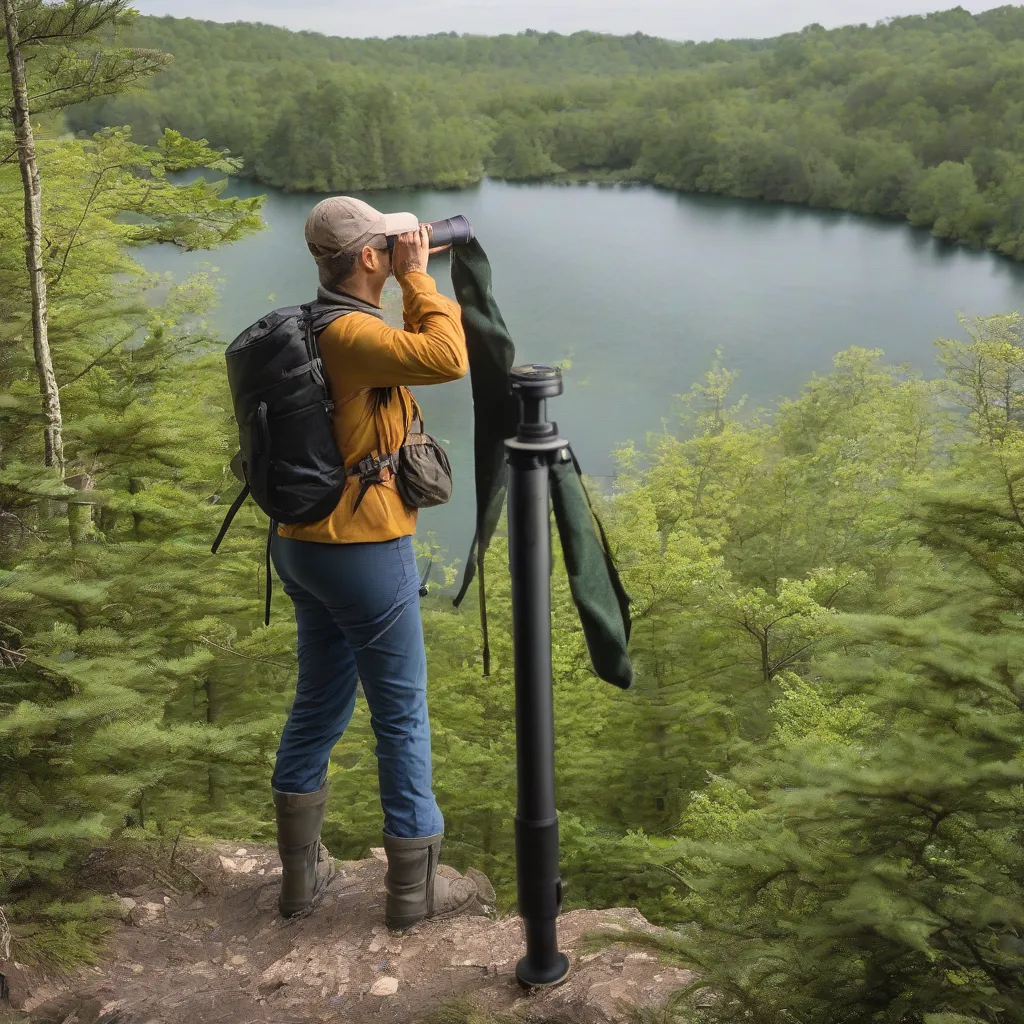Have you ever been strolling through the wilderness, perhaps on a serene hike through the Great Smoky Mountains or exploring the hidden trails of Yosemite National Park, and wondered about the creatures that call these vast landscapes home? One such creature, shrouded in mystery and often misunderstood, is the bobcat. A question that frequently arises is, “Do Bobcats Travel In Packs?” Let’s delve into the intriguing world of these elusive felines and uncover the truth behind their solitary nature.
The Independent Spirit of the Bobcat
Unlike their larger cousin, the lion, which thrives in a social structure known as a pride, bobcats are primarily solitary creatures. They are highly territorial animals, marking their domain with scent markings and fiercely defending it from intruders.
Why Solo Living Suits the Bobcat
- Hunting Advantage: Bobcats excel at ambushing prey, primarily rabbits, rodents, and birds. Their solitary nature allows them to move stealthily through the underbrush and remain undetected by their unsuspecting prey.
- Resource Management: By maintaining their own territories, bobcats ensure access to sufficient food, water, and shelter without the competition that comes with living in a group.
 Bobcat on the Prowl
Bobcat on the Prowl
Rare Exceptions to the Rule
While generally solitary, there are a few instances where bobcats might be observed in close proximity:
- Mothers and Kittens: A mother bobcat will fiercely protect and care for her young, typically for around nine months. During this time, the kittens will learn essential survival skills from their mother.
- Brief Courtship: During mating season, usually in late winter or early spring, males and females may cross paths for a short period. However, once mating has occurred, the pair goes their separate ways.
Planning Your Bobcat Encounter (Or Not!)
While encountering a bobcat in the wild can be a thrilling experience, it’s important to remember they are wild animals and should be observed from a safe distance.
Tips for Responsible Wildlife Viewing:
- Research and Respect: Before heading out, familiarize yourself with bobcat behavior and habitat. Always prioritize the animal’s well-being and observe them from afar.
- Choose Your Timing Wisely: Bobcats are most active at dawn and dusk. Consider planning your hikes or wildlife viewing excursions accordingly.
- Be Aware of Your Surroundings: Pay attention to your surroundings and be mindful of potential hiding spots or areas where bobcats might be present.
 Respecting Wildlife Boundaries
Respecting Wildlife Boundaries
FAQs About Bobcat Behavior
Q: Do bobcats travel in packs like wolves?
A: No, bobcats are solitary animals and do not form packs like wolves. They maintain their own territories and primarily interact with each other only during mating season or when a mother is raising her young.
Q: Are bobcats dangerous to humans?
A: Bobcat attacks on humans are extremely rare. However, like any wild animal, they should be given space and observed from a distance.
Q: I think I saw a bobcat. What should I do?
A: If you encounter a bobcat, remain calm and do not approach it. Make yourself appear large by raising your arms and make noise to scare it away.
Embracing the Mystery
While the chances of encountering a bobcat on your next adventure might be slim, understanding their solitary nature and respecting their wildness enriches our appreciation for these incredible creatures and the delicate balance of the ecosystems they inhabit. Remember, whether you’re exploring the vast wilderness of Yellowstone National Park or the scenic trails of Acadia National Park, always prioritize safety and responsible wildlife viewing.